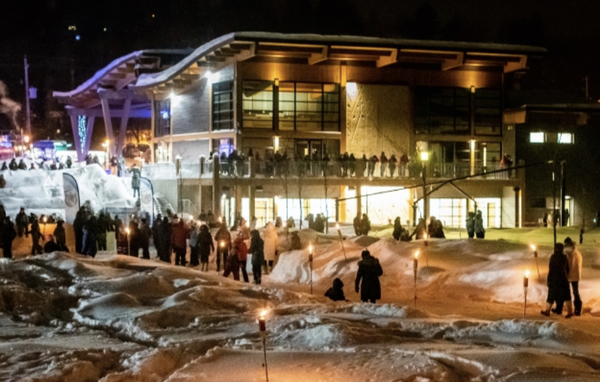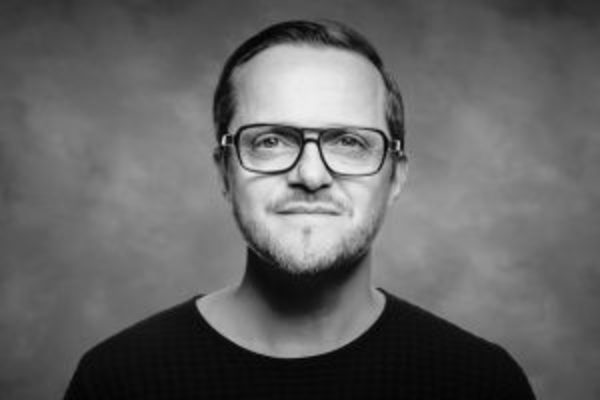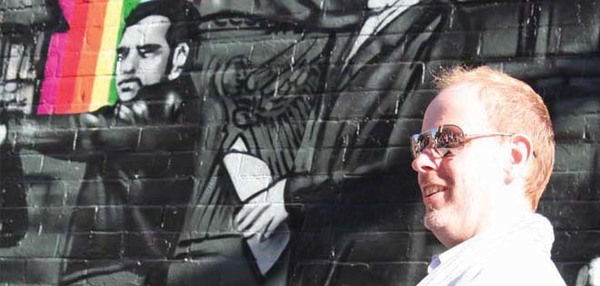A few kms from Saint-Sauveur, the small town of Sainte-Adèle stretches along 120² km on both sides of Rivière du Nord, in the heart of the legendary Pays d’En-haut. Claude-Henri Grignon had set his cult classic novel Un homme et son péché here, bringing fame to the village throughout French Canada. The story unfolds right before the arrival of Curé Labelle’s legendary P’tit Train du Nord, which finally linked Sainte-Adèle to Montréal in 1891. This was just before the region started welcoming skiers and tourists, which since have become the main economic engine of the city.
Sainte-Adèle owes its name to its founder, Augustin-Norbert Morin, a lawyer, journalist and politician. He founded the newspaper La Minerve, became the leader of the Parti Patriote, and later deputy of the Parti Rouge. In 1855, he named the new village in honour of his wife, Adèle Raymond. As the Prime Minister of Lower Canada from 1851 to 1855, we owe this reformer the social abolition of the seigneurie inherited by the French Monarchy in 1854. He also contributed to the foundations of Morin-Heights and Val-Morin, a few years before the arrival of Curé Labelle.
Only 64 km away north of Montréal, Sainte-Adèle has since become a renowned and unique crossroads for lodging accommodations and fine dining. In 2013, the cultural life here was stimulated by the opening of Place des citoyens, presenting exhibitions, shows, musical concerts and conferences. This performing arts venue offers an extensive, year-round program. In the heart of Claude-Henri Grignon park, the Place des Citoyens also hosts the Marché public de Sainte-Adèle in the summer. For the past 65 years, Pine Cinema has been an institution in Québec, giving an important place to independent cinema. Lastly, the art galleries and museums complete the cultural visits in Sainte-Adèle.
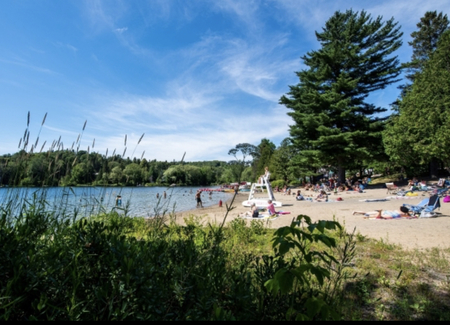
But Sainte-Adèle is first and foremost a place to enjoy the outdoors, reputed for its magnificent Lac Rond, a real gem located in the heart of town, as well as its impressive hiking trails and bike path circuit, its equestrian and golf centres, its snowmobile tracks as well as 3 ski resorts.
In 1991, 100 years after its arrival in Sainte-Adèle, the layout of the P’tit Train du Nord train tracks gave way to the longest linear park in Canada, with a 230 km bike path linking Montréal to Mont-Laurier up in Hautes-Laurentides. The project was inaugurated in 1996, more than 25 years ago.
A graduate of l’École de danse du Québec in 1989, Harold Rhéaume first worked with Danse Partout (Québec) before joining the ranks of the prestigious Dance Lab Group in Ottawa. Under the guidance of Peter Boneham, he began exploring the fundamentals of dance performance and choreographic creation. He settled in Montréal in 1993 and rapidly gained recognition. In 1997, La Presse newspaper said that "…when he dances, Harold Rhéaume radiates such intensity that he seems larger than life, …he is among those who dance to say things and move you." Like Robert Lepage, Rhéaume returned to Québec city, founding his company Le fils d’Adrien danse (his father’s name) in Saint-Roch, which was at the time transforming into a culturally vibrant neighborhood.
With his humanism as well as his interest in clarity of intent, Harold Rhéaume distinguishes himself from other formal and conceptual trends. His pieces are inventive and refined without ever being pretentious. Inspired by day to day life, Rhéaume works from instinct and spontaneity and has a wide spectrum of influences including musicals, theater, painting, modern architecture, jazz and contemporary music. He also distinguishes himself in having his dancers be part of the creative process. Their personalities and personal experiences, and even their limits, are of much importance in shaping the shows.
Openly homosexual, the choreographer responds with humor when a journalist asks him if all contemporary dancers are gay : "That is wholly exaggerated. I’d say 90%!"
In addition to the choreographic work with his own company, Harold Rhéaume has worked with Cirque du Soleil and contributed to theater, cinema and opera. He is a teacher of physical expression at the Conservatoire d’art dramatique de Québec, as well as choreographic creation at l’École de danse de Québec and l’École de danse contemporaine de Montréal.
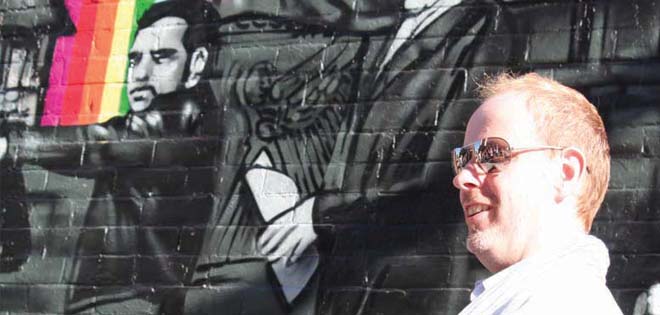
Glenn Crawford was the instigator of the Build Our Bank and LGBT Village initiatives in the famously reserved capital since starting the volunteer-run project in 2007. While he has recently stepped down as president of The Village, making room for new ideas from successor Ian Capstick, Crawford has left an indelible mark on a town where there wasn’t a lot of consensus about creating a gay village.
Born out of town hall meetings about the reconstruction of Bank Street, the idea of designating the stretch between Wellington and Gladstone as The Village was about “trying to get a sense of belonging and place, where people feel they can be themselves, have access to services, fool around and shop,” Crawford says. “Gradually a lot of LGBTQ organizations have coalesced into this area… Forming The Village was a natural progression.” When he started fundraising and participating in public advisory committees five years ago, Crawford came up against both the veiled homophobia of a local business improvement association, as well as criticism from the LGBT community that the project was coming 10-20 years too late.
“People were asking Why do we want to create a ghetto? A lot of that criticism comes from people who are out [of the closet],” Glenn says with his typical incisiveness, “from people who have the relationship, two dogs and friend circle. I don’t need a Village either! It’s for people who are struggling in suburban or rural areas; it can be for everyone.” And as a child of the sleepy, inaccessible suburb of Kanata – “not an easy place to grow up gay” – Crawford speaks from experience. Like most LGBT people in any Village in any major city anywhere, the urban geographic bubble exists as much for townies as it does for people who have moved there to escape the stifling places they come from.
And lest you think that Crawford’s project was for commercial reasons alone, it may seem counterintuitive that he’s not a shop-keeper himself, but rather a website and graphic designer who lives just off Bank and works part time in a local gallery. “There’s a social aspect to it. Taking pride in who you are and finding a sense of value in there being a community,” which for him includes keeping the subsidized housing in the area, and watching out for condo development that could “force out the funkier elements.”
“It’s [about] putting roots down; people say it’s 20 years too late, but for me it’s just in time,” Glenn concludes. Echoing a theme that has emerged in everything from architecture to sociology, he adds that “The online world is not the same as having a real community. I worry about that, about younger generations, they’re not valuing the sense of community.”
So maybe when you walk by the “We Demand” mural that The Village commissioned on Gladstone and Bank Streets, you might get a sense of what that community looks like and is for, and clap your fairy hands for Glenn Crawford.
Photo by Noreen Fagan



